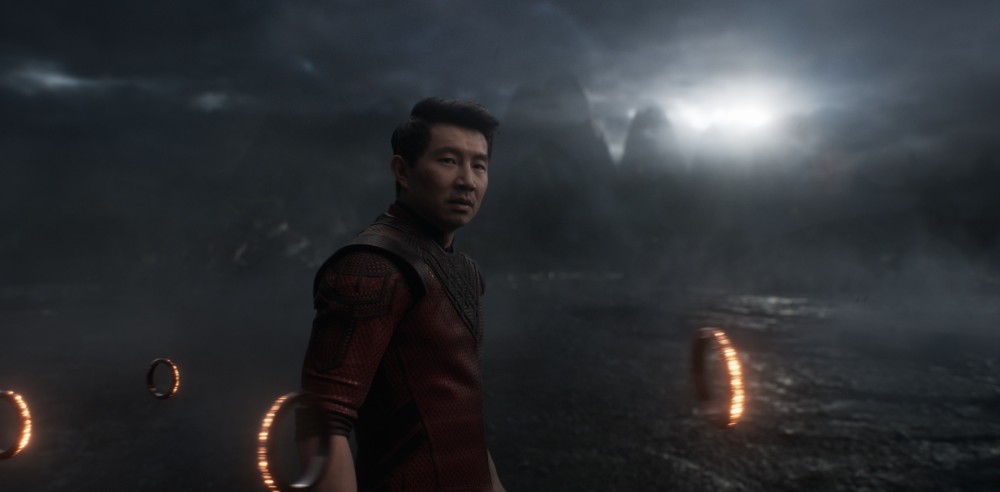
As the highest-grossing movie of 2021 so far, Marvel Studios’ Shang-Chi and the Legend of the Ten Rings has clearly caught the fancy of moviegoers looking for some big screen epic fantasy. Directed by Destin Daniel Cretton and starring Simu Liu in the title role, Shang-Chi contains all the action of other Marvel movies but adds another layer of magic and wonder when it comes to the hidden village of Ta Lu where Shang-Chi finally confronts his father Wenwu (Tony Leung) who plans to use those ten rings in the title to do bad things.
One thing that anyone working in visual effects already knows — as well as anyone who has sat through the very tail end of a Marvel movie for what they call the “tag”– is that it takes a LOT of people at a lot of different VFX houses to make a movie like Shang-Chi.
In fact, Below the Line already spoke with someone at Scanline VFX about Shang-Chi — you can read that interview here — and we already knew New Zealand’s Weta Digital had also done some work on the movie, because… well, Weta kind of works on every big action/VFX movie eventually, because they’re that good.
In fact, Weta’s VFX Supervisor Sean Walker, who has worked on the VFX for many Marvel movies, and his team, worked almost exclusively on the final act battle in Ta Lo, which if you’ve seen the movie, could involve some spoilers, which is why we’ve waited so long to share our interview with Mr. Walker.
After admiring Walker’s comic books on the wall in the background on Zoom, Below the Line got into our interview with the VFX Supe. In case you missed (or just ignored) it, a SPOILER WARNING for the last act of Shang-Chi and the Legend of the Ten Rings, since we go into some detail about the work Weta did on those sequences.

Below the Line: I like to start these interviews by asking about one’s background and what they were doing VFX-wise before coming to Weta Digital?
Sean Walker: I came straight out of school, did a couple of years at uni, and then did an intense year at Media Design School, which was pretty new at the time, but it’s quite big in Auckland right now. Just doing computer animation, and then out of there, straight on to my first job out of university was actually doing security for the King Kong set. While I was on the King Kong set, I actually worked on my showreel. I dragged my whole computer, CRT monitor and all, to the set, and sat there in a caravan and just worked on my showreel from eight at night to eight in the morning [laughs]. For maybe about eight months or so, and then Weta Productions invited me to work for them on Jane and the Dragon, which is the very first thing I did at Weta. It was this Saturday morning cartoon.
BTL: So you’re saying that if I wanted to sneak onto the set of King Kong, I could have done it during your night shift?
Walker: Probably. There’s not much action happening there at night, at one in the morning, so I would sit at the main desk, and then every 20 minutes, you’re supposed to do a bit of round and make sure that every place is secure. So that’s exactly what I did.
BTL: You’ve been working on Marvel movies for quite some time. Would you say that you’ve become Marvel’s go-to guy at Weta?
Walker: Originally, it was just purely because I requested to be on those shows. Up until actually November, when Eternals comes out, that will be the first Marvel film released that Weta has worked on that I have not worked on, so I worked on every Marvel show that Weta’s worked on up until this point, when there are just too many Marvel shows to work on every single one of them.
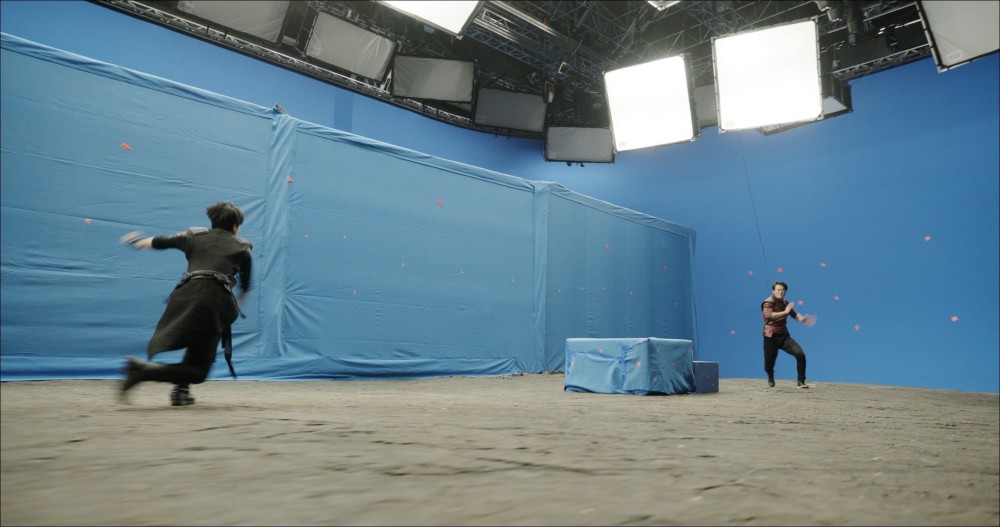
BTL: Well, now there isn’t just the movies, but also all the shows.
Walker: It’s true. We did Falcon and the Winter Soldier, and we have a couple other shows lined up, I think, as well.
BTL: Let’s get into Shang-Chi. Since Weta worked on the last act of the movie in Ta Lo, where do you start? There are so many elements involved — there are the creatures, the environment, and there’s the fight. Where do you start?
Walker: Our work starts predominantly when Shang-Chi gets punched into the water. We do a few shots scattered before then, and there are a couple of shots by other vendors post then, but that’s where the bulk of our work happens. When Wenwu punches Shang into the water and jumps over to the Mountain of Souls, everything from then on is mostly our stuff.
BTL: So there’s another vendor doing the big battle in Ta Lo before that?
Walker: Yes, so Rising Sun Pictures, they were kind of the base for the Ta Lo village build. Trixster did a couple of shots within there as well with the Fu Dogs, and so we share that environment. We built the Mountain of Souls area, they built the Ta Lo village area, and we shared that environment between us and Trixster.
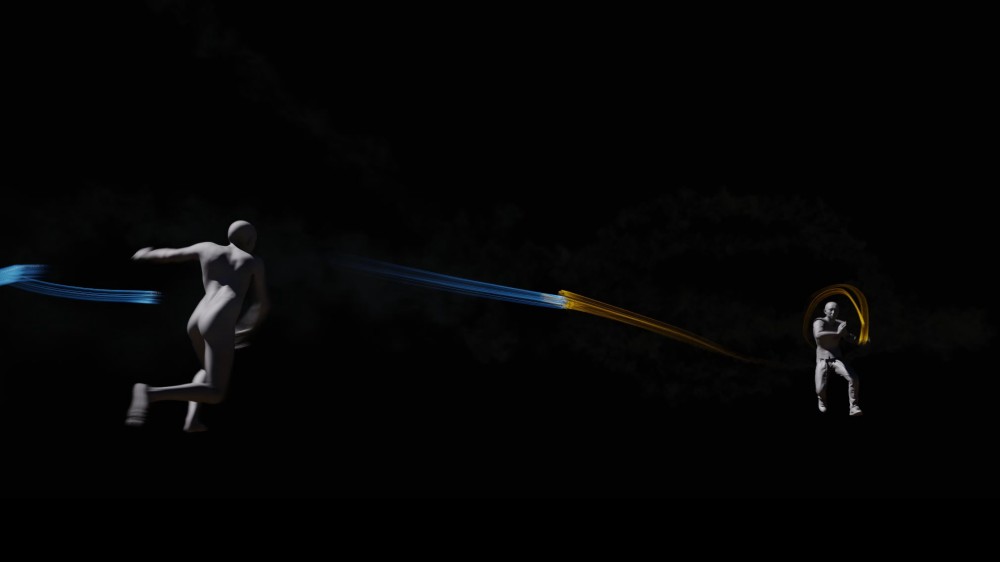
BTL: That must be pretty complicated, because someone is having to edit between the work the different vendors are doing, which I guess is pretty normal.
Walker: It’s definitely becoming normal, yeah. [laughs] It’s definitely a difficult process, sharing 3D scenes, when everyone is kind of using their own proprietary tools, is a massive challenge in a lot of ways. Even just getting to the final pixels, we just have to make sure that we’re all in the same area, making sure that we’re all consistent in our looks.
BTL: Do you start with building the lake and the mountains and environment, or do you have different teams focusing on different things that will then be compiled?
Walker: To start, each vendor focuses on the assets that they will be sharing first. So Rising Sun really focused hard on making sure that they were able to get a version of the Ta Lo village to us as soon as possible. And the same thing in reverse. We tried to get the Mountain of Souls to them as soon as possible, so that they could incorporate it into their sequence. Same with us, we built the Fu Dogs, and we had to share that with multiple vendors so we focused on the Fu Dogs first, wrapped them up in a nice package and send them off with a bow, and the other vendors were able to replicate it really, really well. It’s complicated and a bit of a managerial nightmare, but we somehow make it work. [laughs]
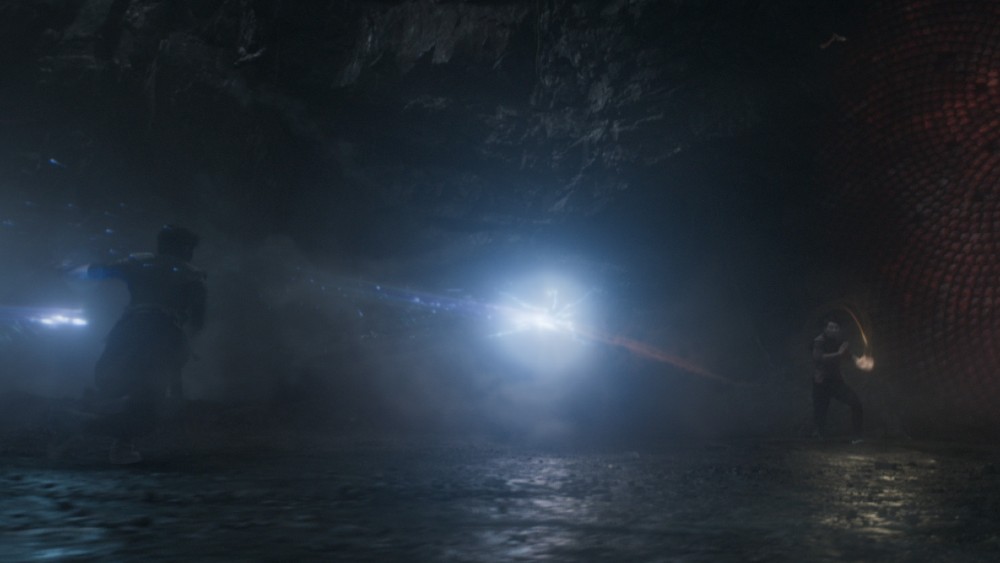
BTL: And then, there’s also the stuff they’re shooting on the stage and in locations that need to be implemented.
Walker: A lot of the village stuff was based off a practical set that they built in Australia. The Mountain of Soul stuff they did on stage. They did create a bit of an environment for the Mountain of Souls, but maybe just even a few takes, they just decided they didn’t want that environment anymore. So, for all the Mountain of Souls stuff, we roto-ed the two actors off the plates and replaced it entirely with CG. Even going into the builds, there was a couple of other things we had to do before they started shooting. We got the artwork for the dragon really, really early on. The first time I saw it was in October 2019 and largely it didn’t change from there, the design at least. So we focused on building the dragon model almost right away. That was because we had to package it up and cut it into fragmented set pieces, so that they can actually recreate a life-sized replica of the dragon on set, so that the actors could ride on its back.
BTL: I think the production got shut down and then restarted again, so were they doing all this end stuff after the pandemic hit, or was there some of it already shot?
Walker: They were quite lucky, really. The production, I think only really got shut down the once, and that was because Destin got sick. He didn’t get COVID, but he wanted to make sure he wasn’t going to infect his children. It was only really shut down for a couple of weeks, and then, just through very, very stringent, on-set practices, they were able to get through the shoot itself pretty much unharmed as far as scheduling goes. They did really, really well, I thought, considering it was the middle of the pandemic at that time.
BTL: You mentioned the dragon with the actors riding on it, and I assume there’s some digital doubling involved with that as well as stuntmen? Are those broken down into scenes for different teams at Weta to focus on?
Walker: Yes, to all of that. From the beginning, we do have footage, so anytime that there was a character on screen, they did actually try and shoot it. It didn’t matter what it was, it didn’t matter how wild the action was, they would at least shoot something for it. When the characters are riding the dragon, when they’re falling from the sky, and then just managing to grab on o the hair, all of that had a plate which they shot some stuntwork for. Again, some of it didn’t quite meet either the telling of the story or the action that the shot necessitated, but we had that as a base. Oftentimes, we would match move their performance and incorporate it into the action regardless if we were going full digital or not. We started there. Sorry, there was another part to your question.
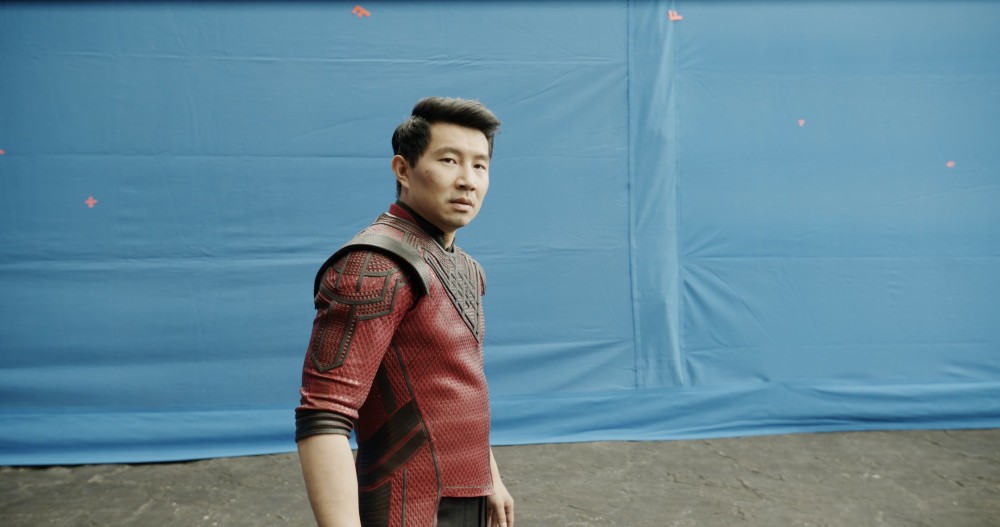
BTL: I was just asking if Weta does things like some animation houses where they just have certain animators working on one scene from beginning to end, even if that involves different elements.
Walker: We do. We had animators working especially on specific creatures. Once they’ve dialed in the movement of a specific creature, rather than having everyone’s own individual interpretation of what these things do, it’s nice to have people that are focused on one thing. As far as keeping continuity across the whole sequence, we do have a couple of people, especially from our layout team, that are pretty much in charge of all continuity in the sequence. They’ll define exactly where in 3D space in world space above the lake that the action is happening, they’ll define the direction that the camera should be shooting, and then animation will take those cameras and that placement and start their work there. That way, you have a base that makes sense, and then animation can take the overall position and direction and dial in everything they need for their shots, using that base information. That’s essentially how we keep continuity throughout the sequence.
BTL: I spoke earlier to Micah Gallagher at Scanline VFX, and he was talking about the actual rings and keeping them consistent. Was there a lot of back and forth about how they should look and how they work? How are you making sure that what you’re doing and what other houses are doing all match up?
Walker: For the rings and the rings’ effects, there was a little bit of back and forth between all vendors really. Scanline was doing that initial sequence. We were in charge of developing some of the VFX for Wenwu, so we developed the whip and what we call the buzzsaw. Then we would package that up and send it to the other vendors. It wasn’t super-scientific, because the energy is so wild, it doesn’t take much to get in the ballpark, and because the sequences are so far apart. If there are subtle variations, it’s not a big deal. We were in charge of some of those effects. I think Rising Sun were the vendors in charge of what Wenwu’s rings look like when they were punching or being used as projectiles, so we matched their look. And then when Shang-Chi controlled the rings that was pretty much all of us.
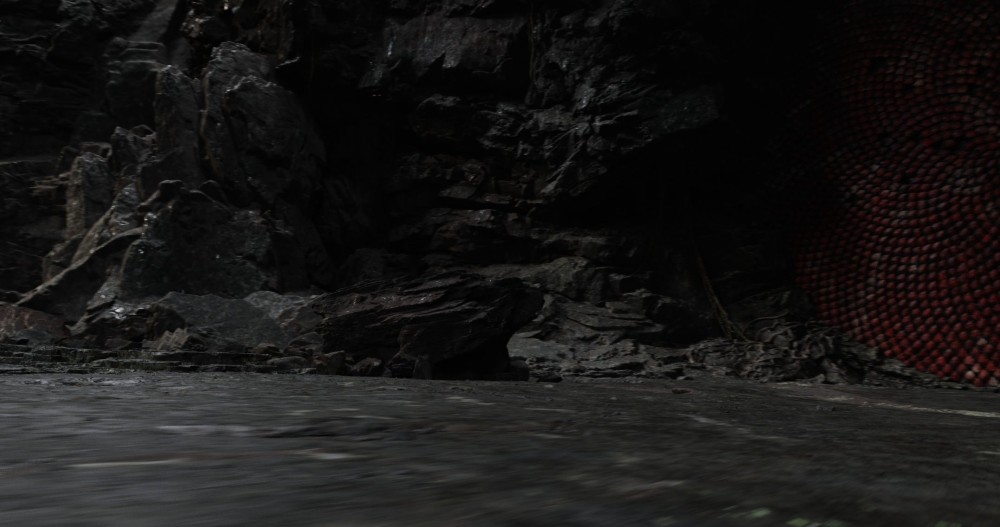
BTL: When did Weta finish its sequences for Shang-Chi? There was a bit of delay in release, and you all were working from home at a certain point. And of course, the movie’s release got moved a few times. Were you actually done with the VFX some time ago?
Walker: No, not long ago. It’s kind of standard for most Marvel films to run pretty much up until the last second, right up until the month before release date, which is about as late as you can present a film but giving enough time for sound and music. Chris Townsend, Marvel’s Visual Effects Supervisor on the show was talking to us about some of the work they were doing in the DI, and literally 12 o’clock at midnight, the curtains were shutting on their DI process, trying to get those last few color tweaks in. It was really, really down to the wire.
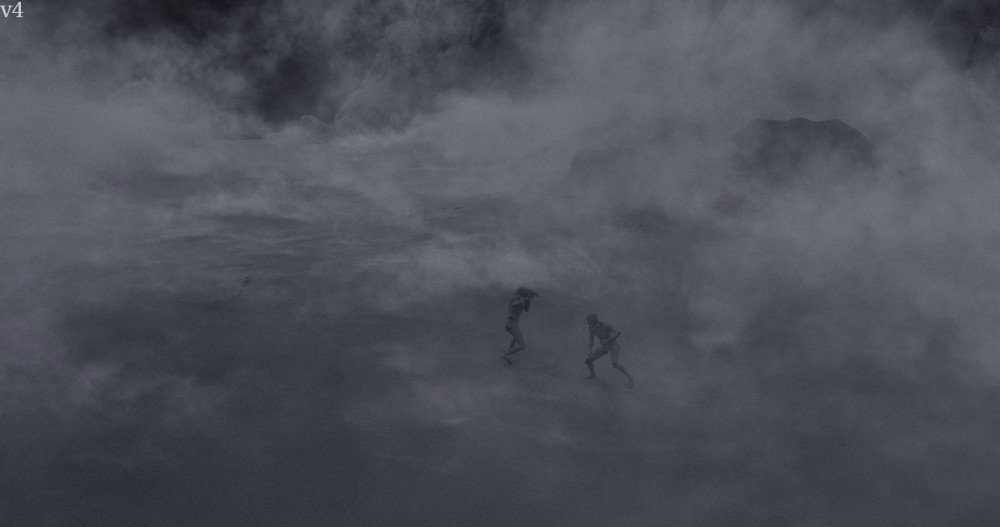
BTL: Were you completely done with your work on Black Widow before you went onto Shang-Chi. Black Widow was supposed to come out a year ago but they ended up being released a few months apart. I assume that was completely done in 2020.
Walker: Yes. I wasn’t completely done. Black Widow had a bit of a trail at the end there. We worked on a few shots for a little bit longer than we normally would have. Just so that Cait [Shortland, the director] was happy with everything we had done. For Shang-Chi, some vendors did just have a hard cut-off. They said, “We’ve pushed this show a few times now, and we just don’t have the resources to keep up with it.” We were very close to saying the same thing, but we managed to find the resources to basically continue to the end We knew that Destin really wanted to tell his specific story, and there was still quite a few editorial changes that they wanted to incorporate into the final sequence, and we wanted it to oblige, so we kept going right until the end, as well.
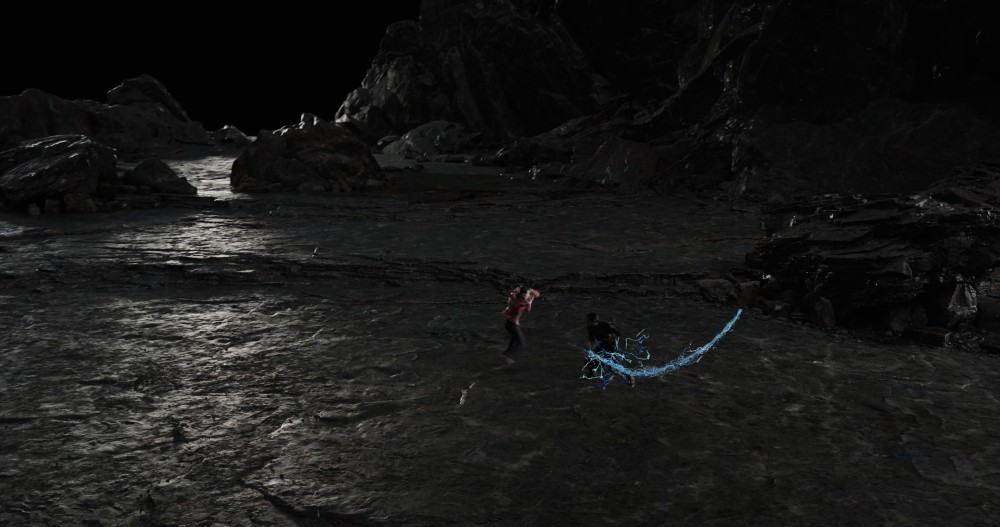
BTL: I know a lot of times Weta is doing fully-CG scenes with nothing from plates or set. Was that the case here as well where you had scenes designed completely from scratch with nothing filmed by production?
Walker: Very much, especially with all the aerial battle stuff. It does seem to be a bit of a thing, because we worked on Avengers: Endgame as well, and they filmed the final fight with Thanos and the big three amongst a foresty area when the plates first came in, and then again, we just roto-ed the entire environment its way and replaced it with a destroyed compound, as opposed to a destroyed forest. Same thing here. This time they were a little bit more prepared. They knew that they didn’t want what they had shot, and so, after a few shots for the mountain assault area, they just blue-screened off everything, so they actually gave us a bit more of a chance to develop those plates in a cleaner fashion than having to roto everything. As far as full CG stuff goes again, we did receive plates for everything that involved people, but as far as creating, especially the very end there obviously when Shang-Chi rides the dragon and jumps off onto the Beast’s belly, everything from then on gets very CG heavy. We used Simu’s face and head for everything, but almost that entire sequence is a digital body when he’s up in the air, when he’s falling. We wanted to keep his facial performance throughout, but almost everything else was digital.
Shang-Chi and the Legend of the Ten Rings is still playing in theaters nationwide.
All pictures copyright Marvel Studios and Walt Disney Pictures.





